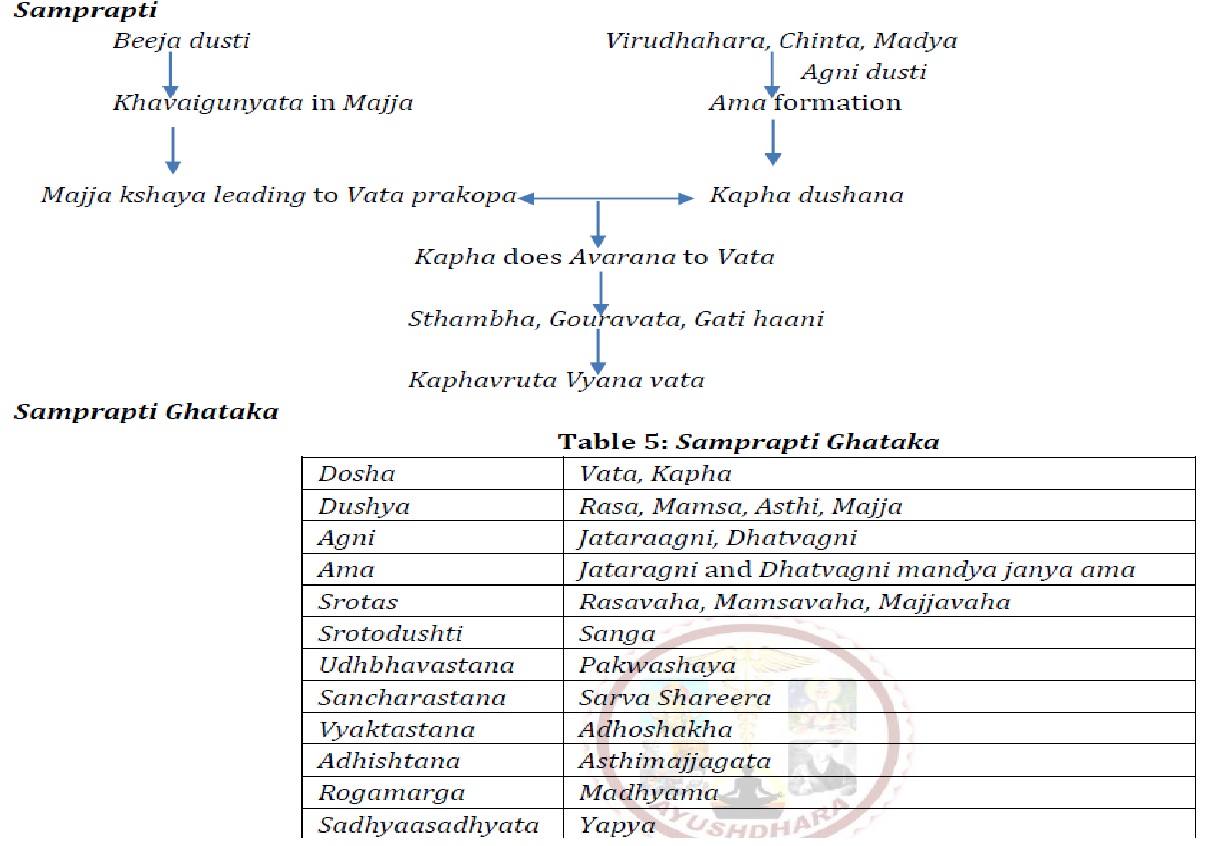Unlocking Relief: Panchakarma’s Potential in Hereditary Spastic Paraplegia
DOI:
https://doi.org/10.47070/ayushdhara.v12i2.2057Keywords:
Hereditary spastic paraplegia, Shastika Shali Pinda Sweda, Mustadi Yapana BastiAbstract
Hereditary Spastic Paraplegia (HSP) is a group of rare, inherited neurological disorder characterized mainly by progressive stiffness and weakness in the legs. It occurs due to the degeneration of the axons in the spinal cord responsible for motor control. It can be inherited in different ways (autosomal dominant, autosomal recessive, or X-linked), and symptoms usually worsen gradually over time. There is currently no cure, but physical therapy, medications, and assistive devices can help manage symptoms. While classical Ayurvedic texts do not directly correlate this condition, it can be understood within the broader framework of Vatavyadhi, specifically as Kaphavrutha Vyana Vata based on symptoms like bilateral lower limb weakness, stiffness, and heaviness. In present case, the condition was managed using Sarvanga Abhyanga, Dashamoola Kashaya Seka, Mustadi Yapana Basti in Kalabasti pattern, and Shastikashali Pinda Sweda. Emerging clinical evidence highlights Panchakarma therapy as a transformative Ayurvedic intervention, demonstrating significant improvements in patients' quality of life.
Downloads

Downloads
Published
Issue
Section
License
Copyright (c) 2025 AYUSHDHARA

This work is licensed under a Creative Commons Attribution-NonCommercial-ShareAlike 4.0 International License.


